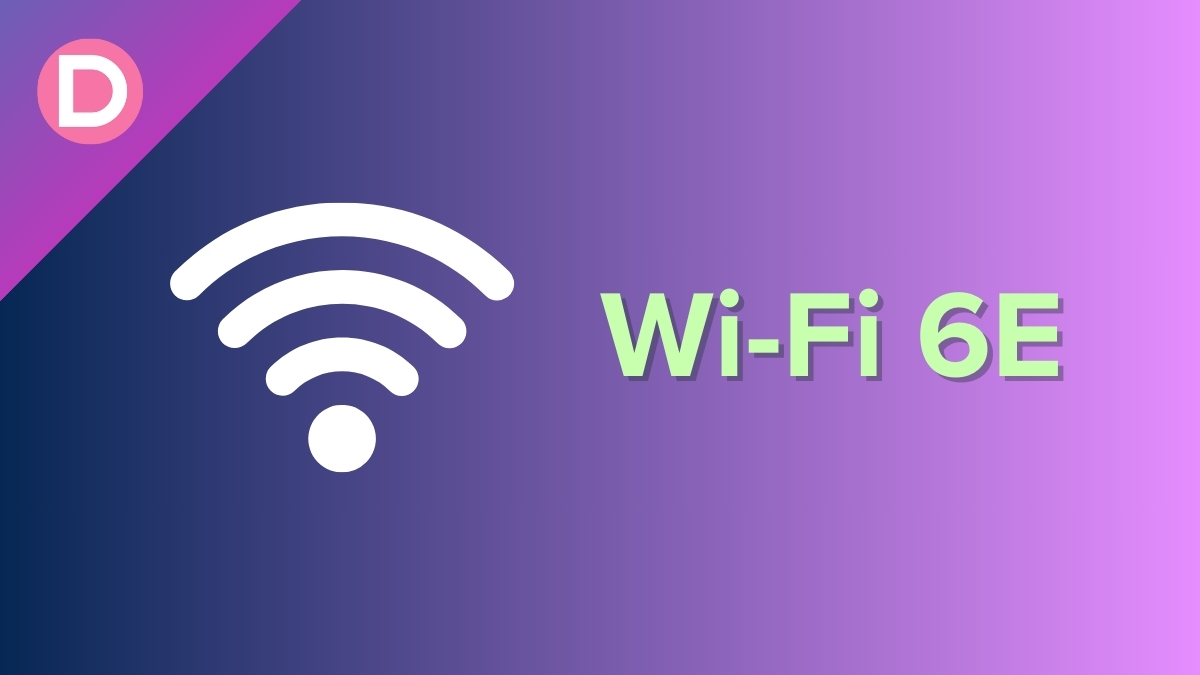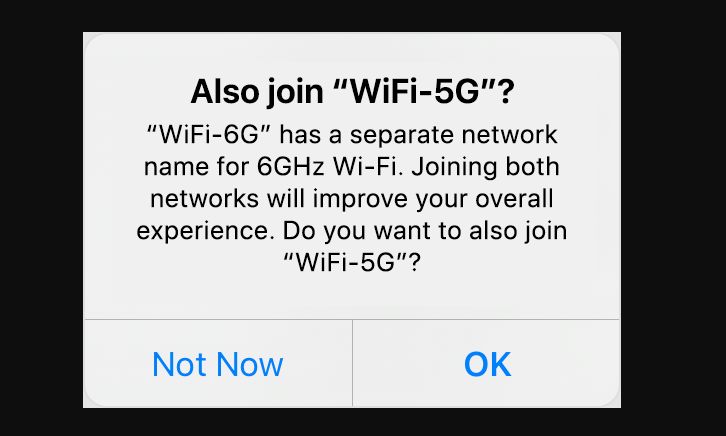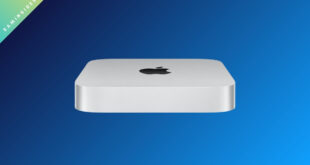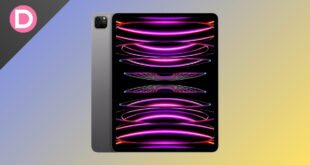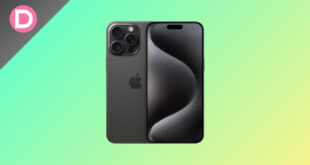Wireless fidelity, more popularly known as Wi-Fi, has become an important part of our lives. It is a way to access the internet wirelessly. Every few years, the Institute of Electrical and Electronics Engineers (IEEE) based in New York City develops new Wi-Fi standards and keeps a check on them.
These standards are a set of mechanisms and protocols that control how the corresponding Wi-Fi version works. The latest standard available as of December 2023 is the IEEE 802.11ax, which was adopted in 2020. It corresponds to the version Wi-Fi 6 and Wi-Fi 6E. Although both versions share the same standard, only Wi-Fi 6E supports the 6 GHz band. That is in addition to the 2.4 GHz and 5 GHz bands that Wi-Fi 6 supports.
While Wi-Fi 6E was adopted in 2020, it was only after 2021 that we started seeing devices coming with it. Below is a list of all available Apple products that support Wi-Fi 6E.
iPhones
- iPhone 15 Pro
- iPhone 15 Pro Max
iPads
- M2 iPad Pro 11-inch (4th generation)
- M2 iPad Pro 12.9-inch (6th generation)
Macs
- Mac mini 2023 (M2, M2 Pro)
- Mac Studio 2023 (M2 Max, M2 Ultra)
- Mac Pro 2023 (M2 Ultra)
- iMac 24-inch 2023 (M3)
- MacBook Pro 14-inch 2023 (M2 Pro, M2 Max)
- MacBook Pro 16-inch 2023 (M2 Pro, M2 Max)
- MacBook Pro 14-inch 2023 (M3, M3 Pro, M3 Max)
- MacBook Pro 16-inch 2023 (M3 Pro, M3 Max)
As we can see, the latest Wi-Fi standard is still very new to the smartphone and tablet industries. The laptop and PC industries have also very recently adopted the standard, although to a slightly larger extent than the former. We still have to wait a while longer for more devices with support for Wi-Fi 6E to come up in the markets.
About Wi-Fi 6E
Wi-Fi 6E is an extension of Wi-Fi 6 and brings a lot of enhancements to it. As mentioned earlier, Wi-Fi 6E shares the same IEEE 802.11ax standard as Wi-Fi 6. It supports the 6 GHz band, which the Wi-Fi 6 does not. It also offers higher speeds, lower latency, higher capacity, and better network security when compared to Wi-Fi 6.
For context, the 802 stands for the LAN/MAN Standards Committee at the IEEE, which oversees these Wi-Fi standards and other wireless connection technologies. The 11 in 802.11 represents the group that works on WLAN standards. And lastly, the letters at the end help differentiate between different Wi-Fi versions.
